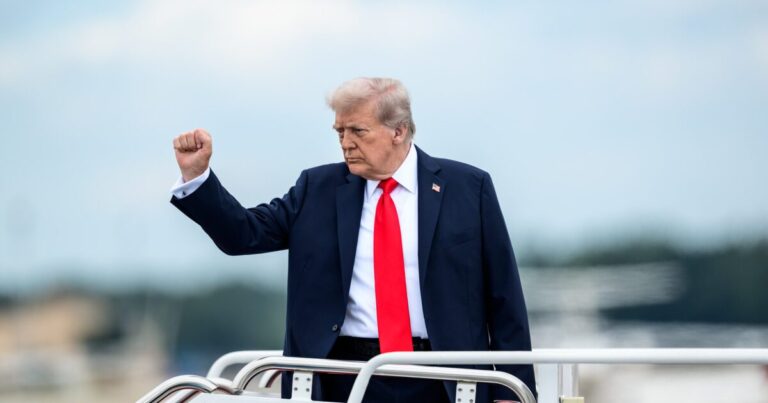Trump Critiques TIME Magazine’s Cover Photo
Donald Trump has recently voiced his strong disapproval of the cover photo featured in an upcoming issue of TIME Magazine. In a statement expressing his thoughts, he labeled the image as potentially "the Worst of All Time," sparking discussions about media representation and image portrayal.
Controversial Cover Photo
The controversy erupted after Trump took to social media to critique the magazine’s artistic decisions. He mentioned that the cover photo got it all wrong, particularly stating, “They ‘disappeared’ my hair, and then had something floating on top of my head that looked like a floating crown.”
Trump’s Reaction on Social Media
In a post on Truth Social, Trump elaborated on his feelings toward the cover:
"Time Magazine wrote a relatively good story about me, but the picture may be the Worst of All Time. I never liked taking pictures from underneath angles, but this is a super bad picture and deserves to be called out. What are they doing, and why?"
This candid expression has resonated with many of his supporters, who often feel that the media misrepresents or misunderstands Trump’s persona.
Cover Story Insights
Interestingly, the accompanying article by TIME details significant diplomatic efforts during the Trump administration, focusing on the recent ceasefire deal between Israel and Hamas. According to a report from The Hill, the piece covers:
- Trump’s involvement in peace negotiations.
- Key figures such as Secretary of State Marco Rubio and Jared Kushner playing crucial roles in the discussions.
- The potential impact of the 20-point peace plan, which could mark a pivotal achievement for Trump’s second term and represent a strategic shift for the Middle East.
Public Reaction and Media Critique
The backlash against TIME’s creative choices has ignited debates about media ethics and the responsibilities of publications in portraying public figures. Critics argue that images can unfairly influence public perception, particularly when paired with significant political narratives.
What’s Next for TIME Magazine?
As the discourse surrounding media representation continues, many are left wondering about the implications of such portrayals on public opinion and the political landscape. The question remains: What exactly is TIME aiming to convey with this cover?
For further insights on media representation and the importance of accurate imagery, check out this detailed article on graphic journalism.
By highlighting Trump’s experience with TIME Magazine, the incident serves as a broader reminder of how images can shape narratives in politics. The forthcoming discussions are sure to keep both supporters and critics engaged as they analyze the intertwining of media and politics in today’s landscape.


